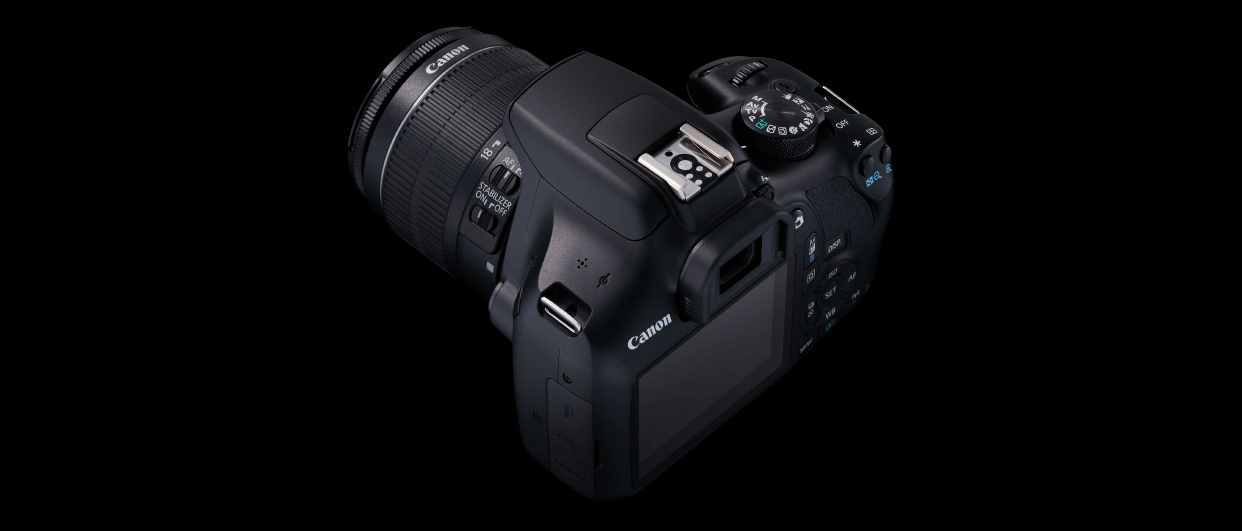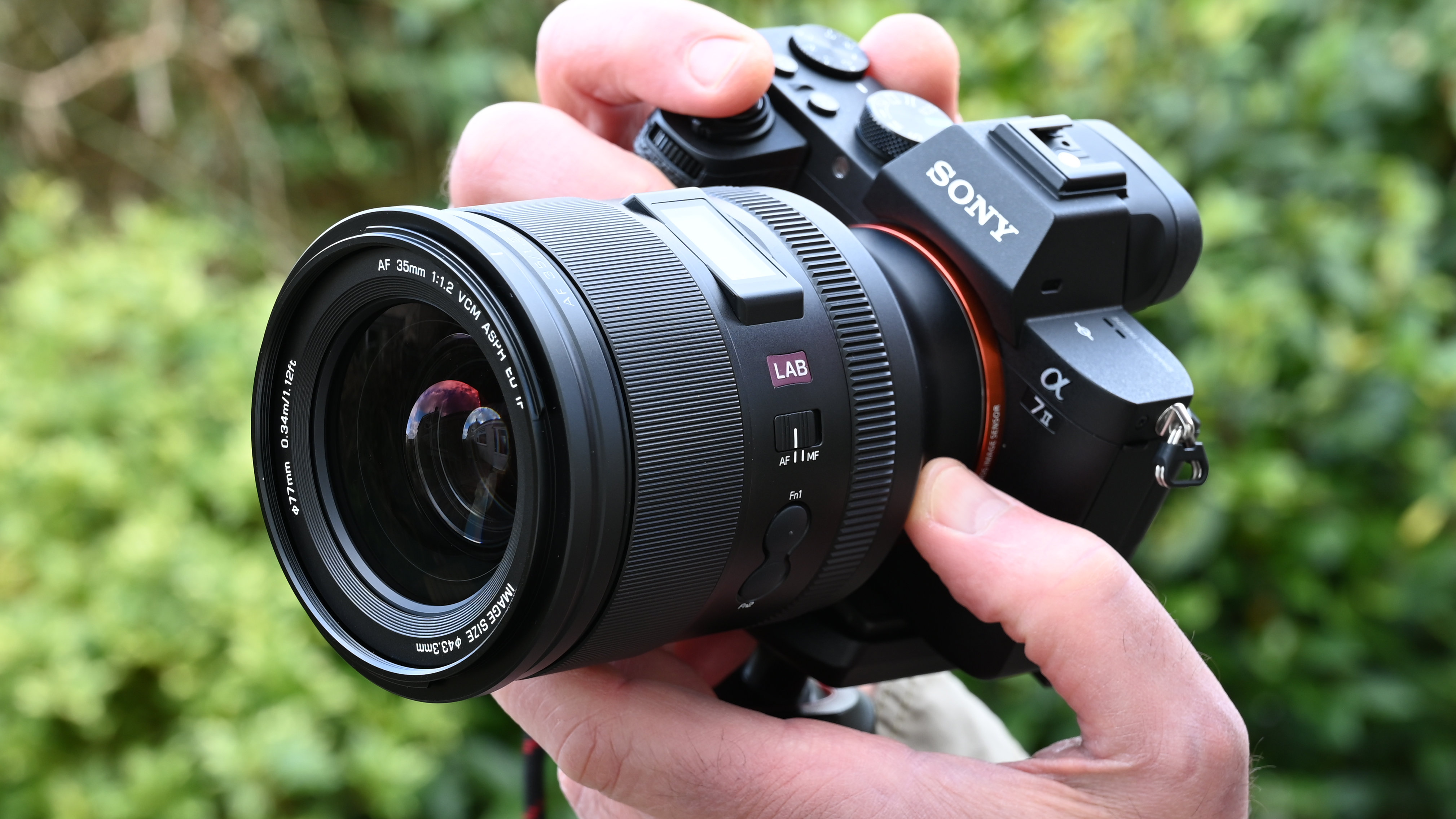Digital Camera World Verdict
In order to continue to offer a great-value product, Canon hasn’t done anything exciting here. A better processor, which could have increased frame rate and general operational speeds, would have been nice. Wi-Fi and NFC will be welcomed by many, but if you already have an EOS 1200D, it’s not worth upgrading unless you’re desperate for that connectivity.
Pros
- +
Great image quality
- +
Easy to use
- +
Terrific value for money
Cons
- -
18MP sensor now dated
- -
9-point AF system dated
- -
Exposure can be unpredictable
Why you can trust Digital Camera World
Canon’s entry-level DSLR, the EOS 1300D, replaces the two-year-old EOS 1200D. It’s a fantastic purchase for those looking for their first DSLR, but it also works well as a second camera. While it doesn’t represent a major overhaul from the previous generation, there are a couple of rather useful new features and tweaks which make it very appealing while still keeping it affordable.
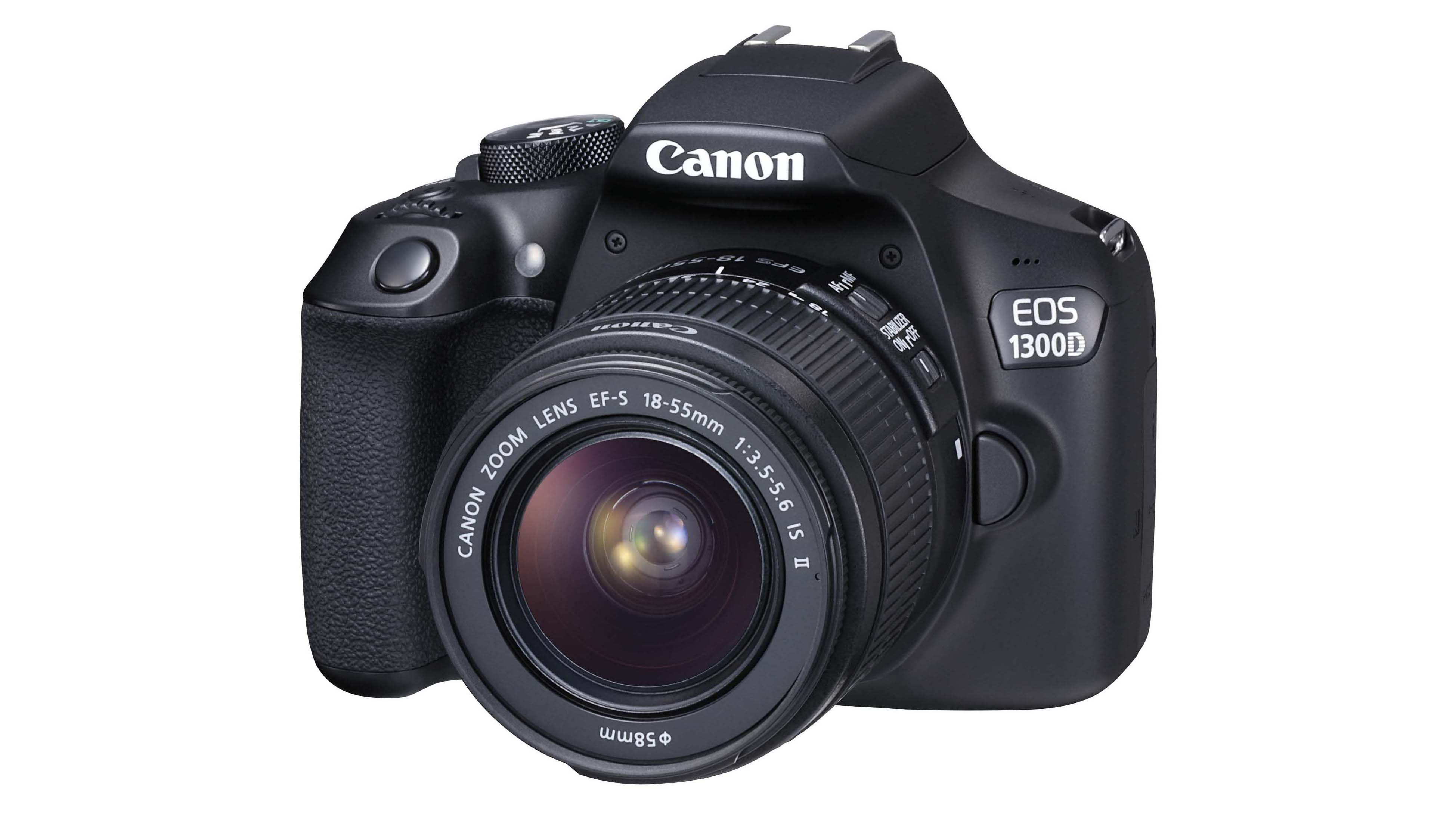
Canon EOS 1300D: Features
The most significant, or perhaps most obvious, addition is Wi-Fi and NFC connectivity. This means you can remotely control the camera from your phone or tablet, or send images across to be shared via social networking.
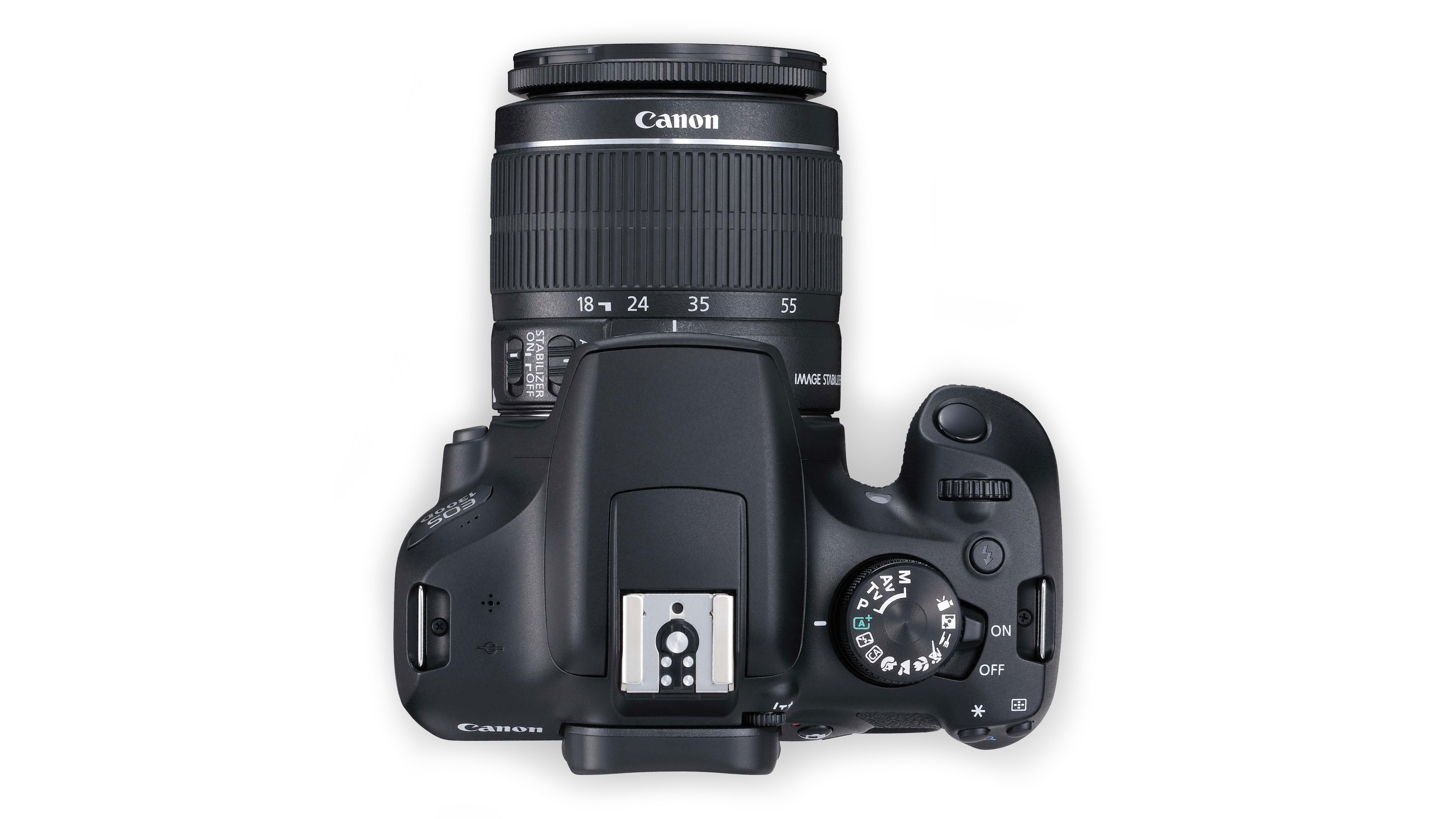
Canon has also added a DIGIC 4+ processor, which is a slight update from the DIGIC 4 engine found in the EOS 1200D. Finally, the screen has seen a bump in resolution up to 920,000 dots. (The EOS 1200D’s screen had 460,000.) Canon has, however, stuck with the EOS 1200D’s 18MP sensor.
Other features include Full HD video recording, a 500-shot battery life and an optical viewfinder that offers 95% coverage.
Canon EOS 1300D: Build and handling
Canon has stuck to the EOS 1200D's body design for the EOS 1300D.
It features a textured coating on both the chunky front grip and the rear thumb rest, which elevates the feeling of quality away from entry-level and into mid-range territory, such as on models like the EOS 800D and EOS 750D.
The grip is nicely contoured to fit your middle fingers while your index finger rests on the shutter release. Switch to the back of the camera, and you’ve got a full complement of buttons that will be very familiar if you’re using this as your second camera, or easy to get to know if it’s your first DSLR.
There’s no touchscreen on the EOS 1300D, unlike some other cameras in Canon’s range. This means that every change to settings needs to be done via the physical controls, but there are quite a few direct access buttons, so you typically don’t have to delve too deep to find what you’re looking for.
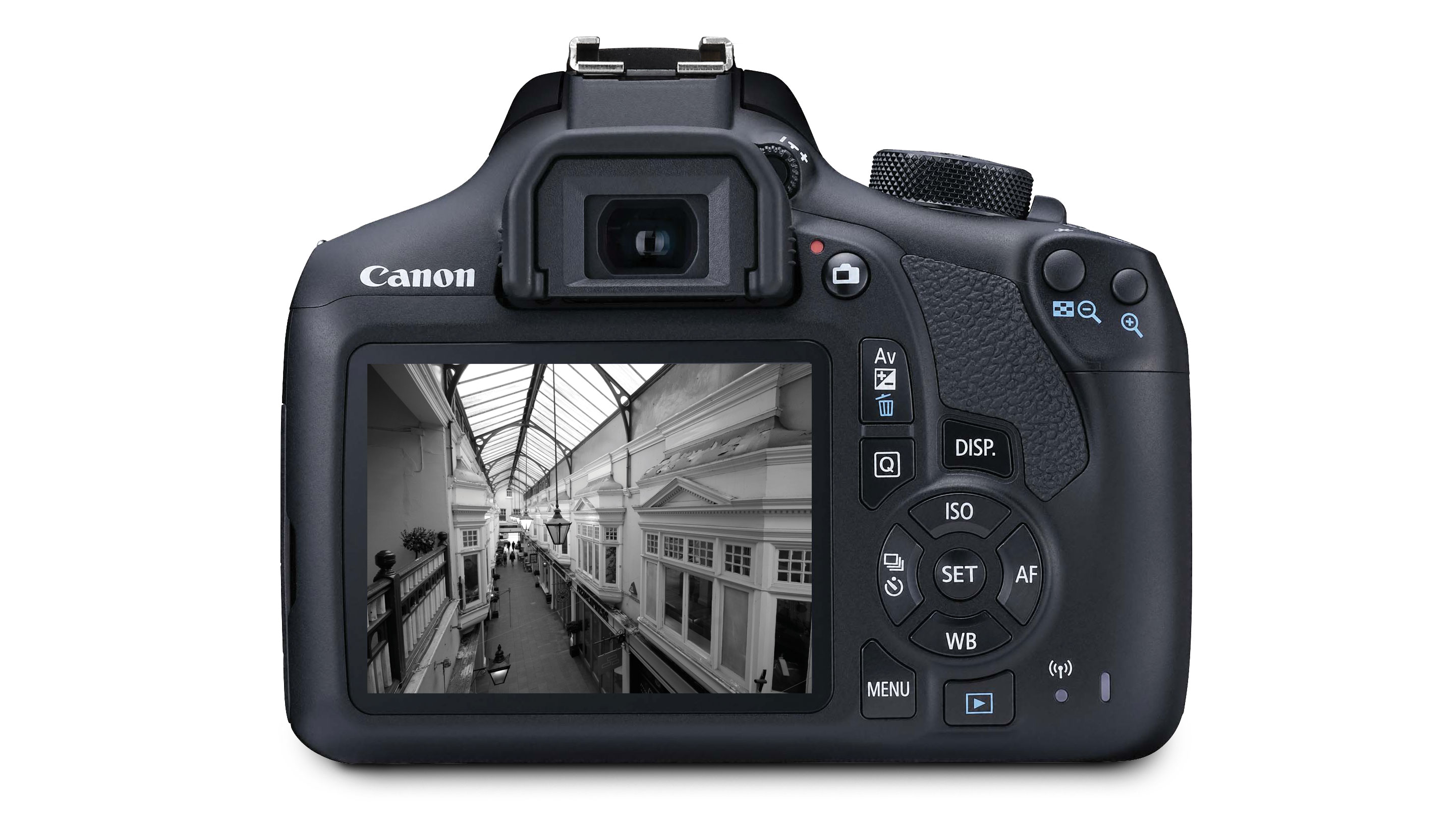
You’ll use the dedicated autofocus button to change the EOS 1300D’s autofocus point. There are only nine to choose from, with just the central point being a more sensitive cross-type point. As all nine points are reasonably centralised in the frame, you’ll probably find that you’ll have to focus and recompose for many shots in which the subject appears towards the edge of the frame.
Something worth considering when using the EOS 1300D’s viewfinder is how composition may be affected when compared with other cameras which offer a 100% field of view. When there’s only a 95% view, there’s an opportunity for something to creep into the edge of a frame and go unnoticed, or for framing to be just ever so slightly off.
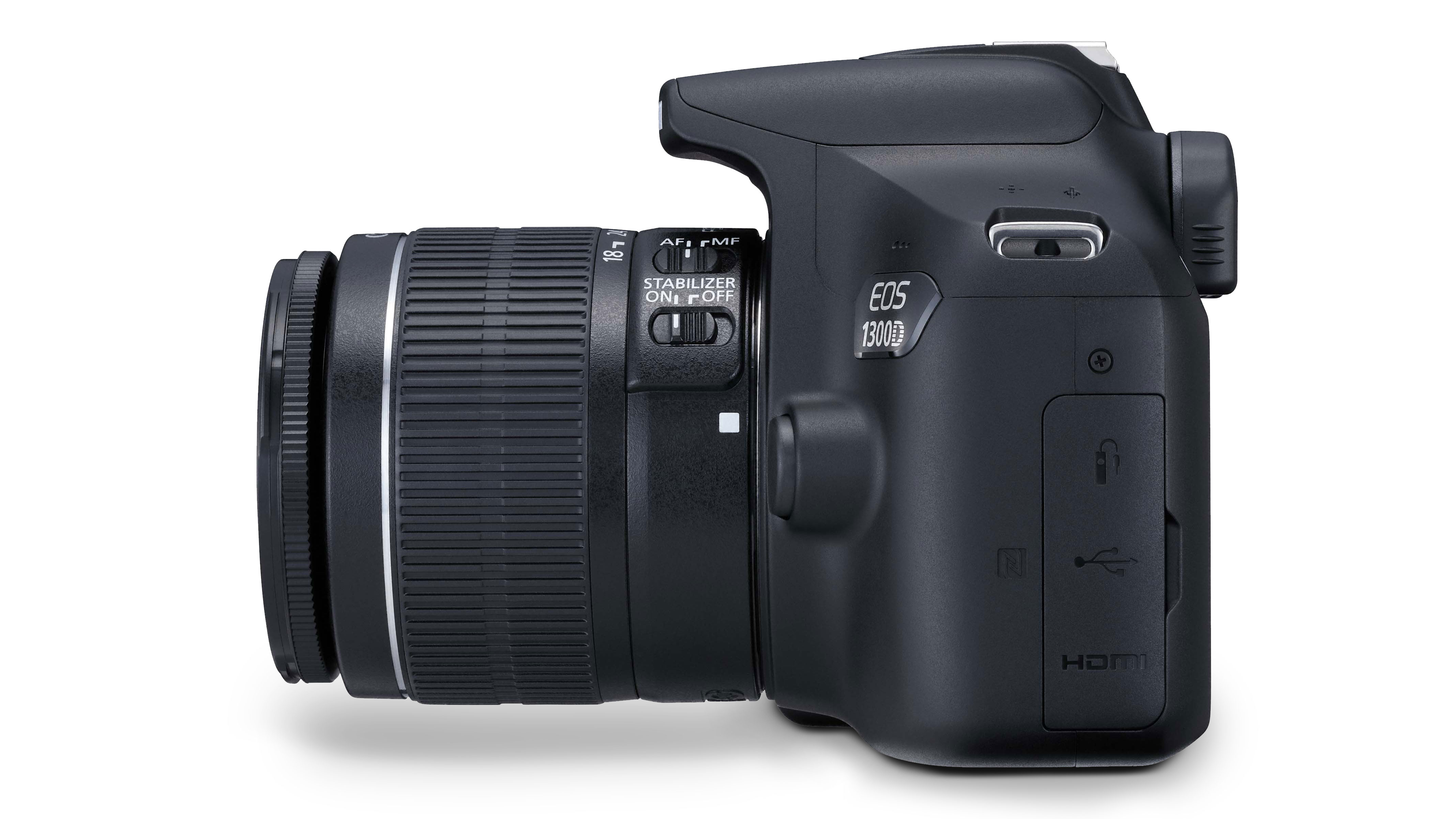
The Wi-Fi connection is useful for a couple of reasons. First, you can remotely control the camera without the need for accessories other than your own smartphone or tablet. Also, you can quickly transfer images across to smart devices, in order to share them via social networks or email. The free Canon Camera Connect App is intuitive in use and can be installed and used with your choice of iOS or Android devices.
Amy Davies has been writing about photography since 2009, and used to be a colleague on Digital Camera magazine and Techradar.com. She now works as a freelance journalist writing for nclude Amateur Photographer, Stuff, Wired, T3, Digital Photographer, Digital Camera World, TechRadar, Trusted Reviews, ePhotozine and Photography Blog. She has an undergraduate degree in journalism and a postgraduate diploma in magazine journalism, both from Cardiff Journalism School.
